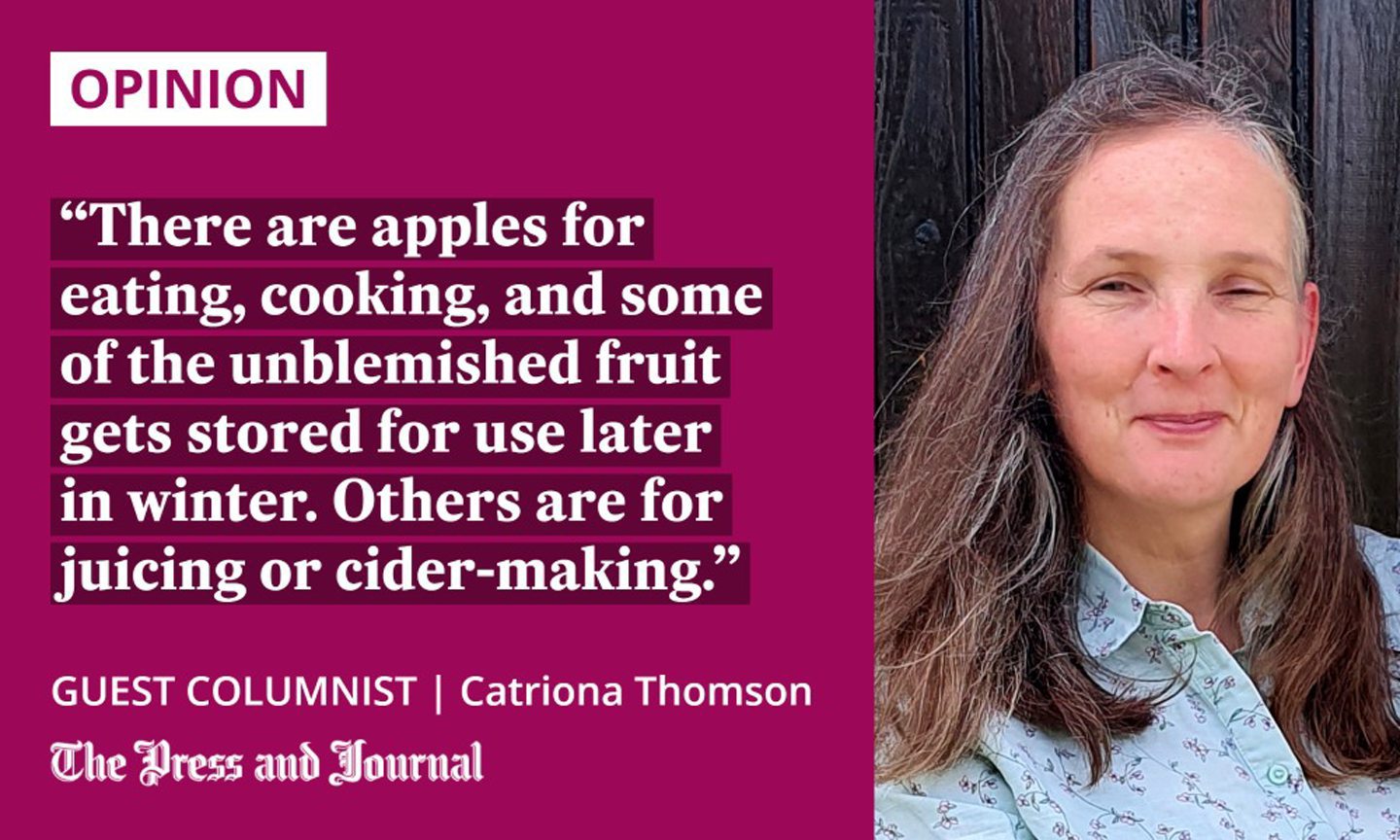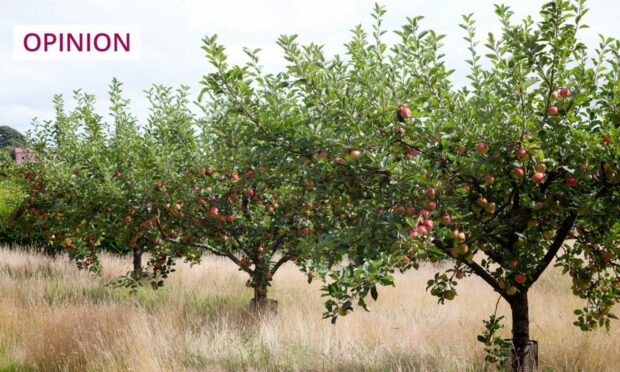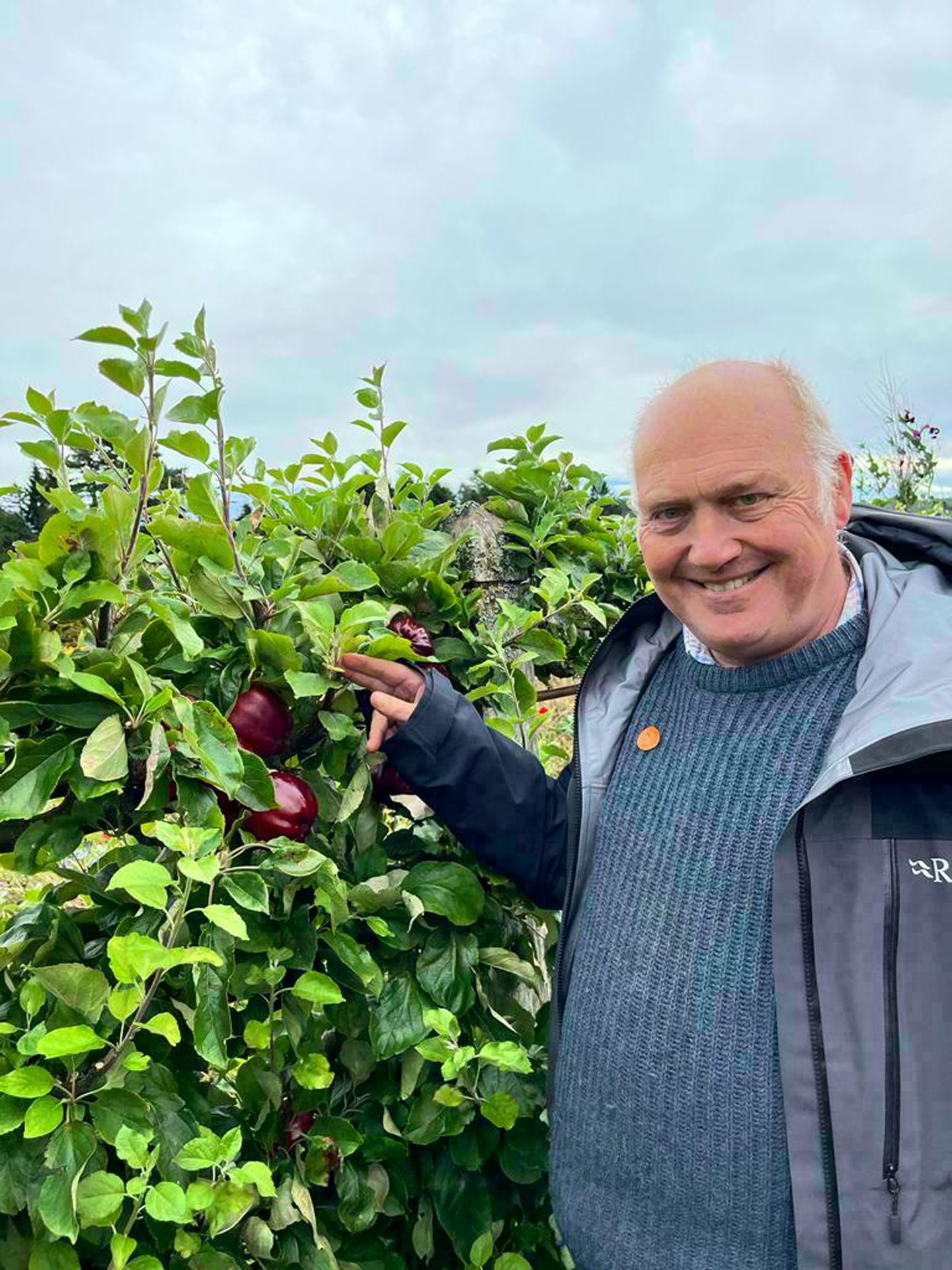Living rurally, you often find that one good turn deserves another.
When I asked an IT consultant friend for advice on which laptop to buy, he wouldn’t accept payment for his time. However, he has an orchard and it is apple season, so a bit of my labour in return for his help was an ideal opportunity to repay him.
I missed the day of picking, but volunteered on juicing day instead. I arrived to find his garage floor covered with buckets and buckets of each variety. All were neatly labelled, each completely different from the next.
He’s super organised, with a map of the trees to identify which variety they are. With more than 60 trees, this makes sense.

There are apples for eating, cooking, and some of the unblemished fruit gets stored for use later in winter. Others are for juicing or cider-making.
Luckily for me, pressing is not a complex procedure. First, you wash the apples in a big zinc bath, followed by a secondary rinse, and then you lob them into the crusher. It has a large funnel at the top, and apple mush comes out at the other end, which is then transferred to a pressurised water press. That squeezes out every last drop of juice.
It is then bottled as apple juice, or fermented into cider. I got to sample a glass of fresh juice and now I’m now officially addicted.
Championing orchards and old varieties
Former journalist John Hancox is now a professional apple man. He champions orchards, encouraging people to plant old varieties, and works to persuade MSPs to champion old Scottish varieties.
When I spoke to him, he was inspecting the orchard at Gordon Castle in Moray, where they have 250 mature fruit trees in the walled garden, with 60 different types of apple, 25 of which are Scottish varieties.
He told me that many of the old varieties are linked with a particular location and grow well in that area, where more modern varieties struggle. They have amazing names: Tower of Glamis or Beauty of Moray and Scotch Dumpling, which is one of his personal favourites. It grows well across Scotland and, he said: “It’s worth growing for the blossom alone.”
Another is Oslin (or Arbroath Pippin) which is linked to Arbroath Abbey – crisp, aromatic and deliciously light tasting, with hints of aniseed. Coul Blush is an eating apple from Ross-shire (Scotland’s most northerly variety), while James Grieve and Katy are other varieties that thrive in the north.
I left my friend’s orchard with a boxful of apples and jars of preserves – so, I guess, on National Apple Day (Oct 21), I’ll be back to help make cider.
Catriona Thomson is a freelance food and drink writer


Conversation